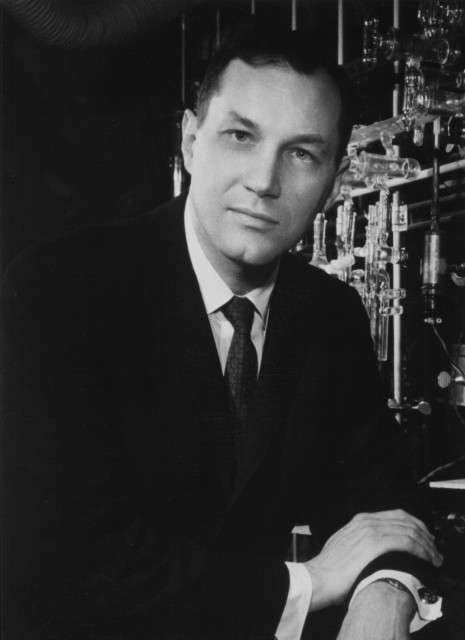Andrew Streitwieser, Jr.
1927-2022

Streitwieser's Chemical Reviews article on "Solvolytic Displacement Reactions at Saturated Carbon" (1956) and his book "Molecular Orbital Theory for Organic Chemists" (1961), written early in his career, had immediate and lasting influences on physical organic chemistry and earned him a widespread reputation. He also made numerous original contributions to that field, including studies that defined the stereochemistry of solvolytic displacements at primary carbon, that used secondary deuterium isotope effects to study transition states, that used lithium cyclohexylamide to measure hydrocarbon acidities, and that applied electron density functions and diagrams to organic chemistry. Later research contributed much to organoactinide and lanthanide chemistry, and included the synthesis of uranocene and cerocene, sandwich complexes of the metals with cyclooctatetraene dianion.
Streitwieser was born in Buffalo, New York but grew up in New York City. An early interest in organic chemistry resulted in his first paper in the JACS at age 17. He attended Columbia University (B.A. 1948, Ph.D. with W. von E. Doering, 1952) and after postdoctoral study with J. D. Roberts at M.I.T., joined the chemistry faculty at the University of California, Berkeley where he spent his entire career. His autobiography "A Lifetime of Synergy with Theory and Experiment" (1997) gives more details than are possible here. His work has been recognized by several awards, including the ACS Award in Petroleum Chemistry (1967), election to the National Academy of Sciences (1969), the J. F. Norris Award in Physical Organic Chemistry (1982) and the ACS Cope Scholar Award (1989).
Sponsor: Professor Peter Stang
Location in chemistry building: Fifth Floor; East Wing South Wall; Sequence 6
Source: Professor Streitwieser